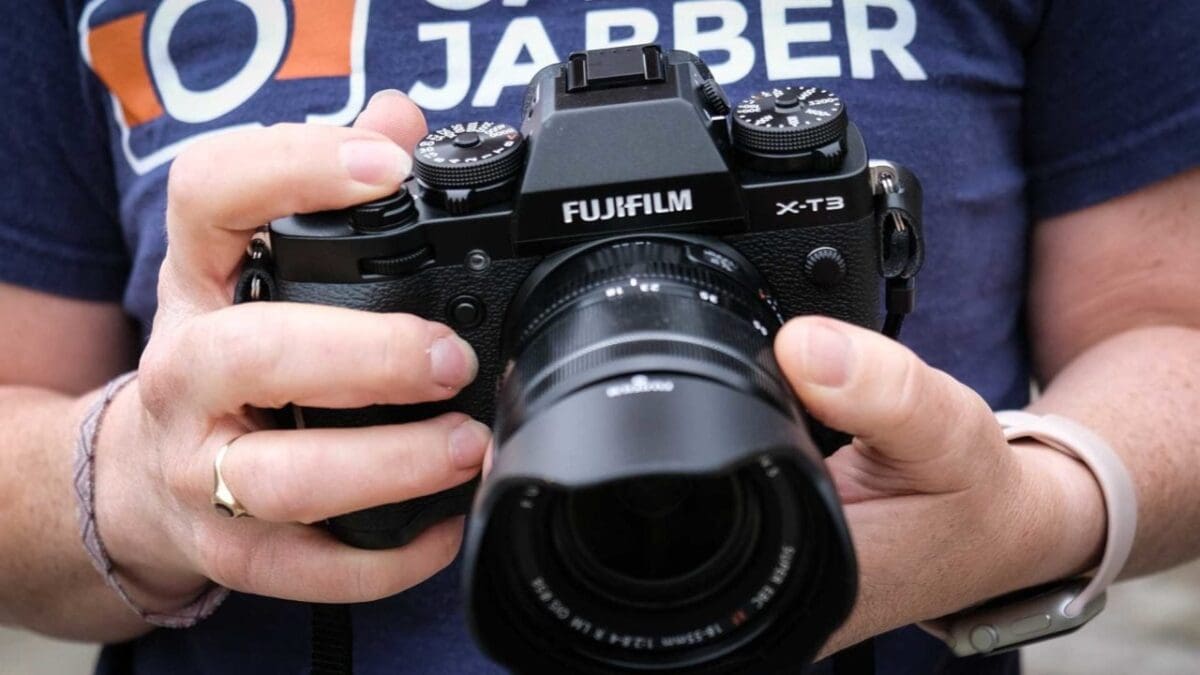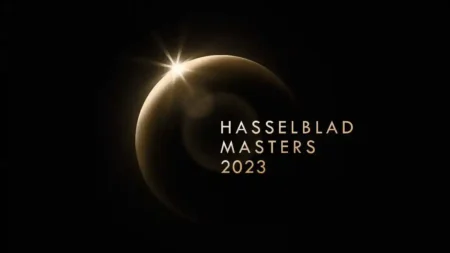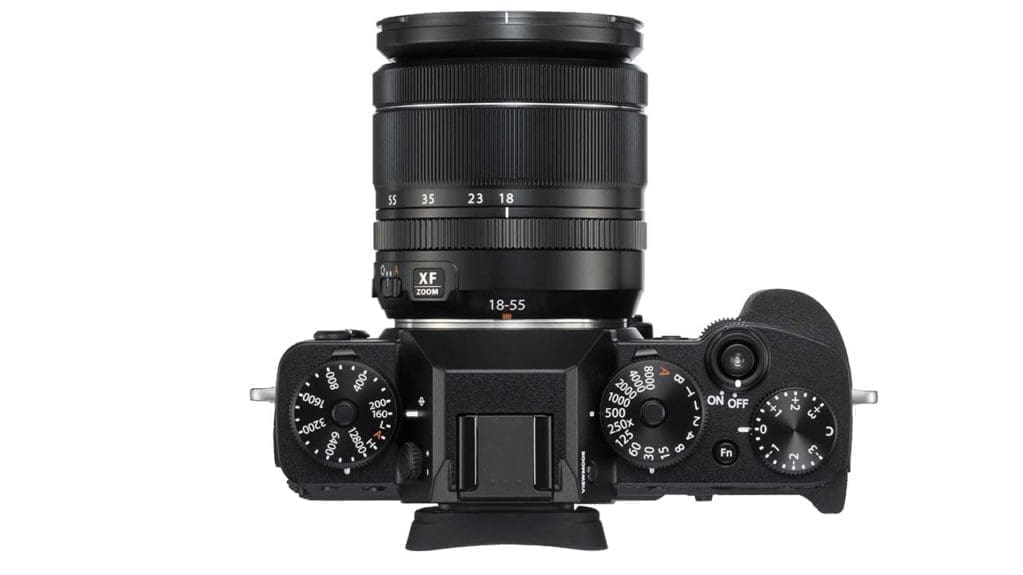The Fujifilm X-T3 is the replacement for the Fuji X-T2. It has the same mini-DSLR design with an electronic viewfinder at the centre of the top-plate and a very similar control arrangement. But inside, there have been lots of changes. The sensor and processor are both new and as well as enabling better image quality and video, it means there are improvements to the AF system and continuous shooting system. Fujifilm has managed to improve upon a very popular and likeable camera. The X-T3 is going to make a lot of photographers very happy.
For Fujifilm X-T3
- Well-implemented traditional controls
- High-quality, attractive images
- Fast, accurate focusing in good light
Against Fujifilm X-T3
- Autofocus system can be hesitant in low contrast
- When viewed from above, the EVF blocks out the top of the screen
- Occasional fringing visible in the viewfinder
Fujifilm X-T3 Price & Availability
The Fujifilm X-T3 price tag is £1,349/$1,499 for the body only. The X-T3 price jumps to $1,899 for the 18-55mm lens kit.
You can buy the Fujifilm X-T3 at retailers such as Adorama, B&H Photo Video, Park Cameras and Wex Photo Video.
Fujifilm X-T3 Specifications
The X-T2 has been very successful for Fujifilm, so the company hasn’t messed with the winning formula for the X-T3. The things that everybody loves about the X-T2 are still there, but there are lots of improvements.
While the jump from a 24Mp sensor to a 26Mp chip might not sound too impressive, the X-T3’s sensor is backside-illuminated. That means that photoreceptors (AKA pixels) nearer to the surface of the chip, which boosts their light gathering potential.
Fujifilm has stuck with the X-Trans CMOS sensor design, though. This means that no optical low-pass filter is required to combat moiré and false colour. It’s an approach that enables Fuji’s APS-C format sensors to outperform some others for detail resolution.
This new sensor is also paired with a new processing engine. It’s the 4th generation of Fuji’s X-Processor. Significantly, this enables a base sensitivity of ISO160, which on earlier X-Series camera is only available as an extension setting. It means the native range is now ISO 160-12,800. Meanwhile, expansion settings take the range to ISO 80-51,200.
Fujifilm also claims that the new engine along with a new algorithm, increases the maximum AF speed to 0.06sec, while the shooting interval is 0.17 and the shutter release lag is just 0.045sec. Start-up time is claimed to be 0.3sec while the EVF refresh rate is 100fps – without the need for a booster grip.
Autofocus
Fujifilm has put some serious work in on the autofocus (AF) front. Firstly, the phase detection AF area now covers the whole imaging frame. Also, there are 2.16M phase detection pixels. These pixels combine to enable a total of up to 425 under-selectable AF points. These are arranged in a 17×25 grid. Alternatively, the number of points can be reduced to 117 in a 9×13 grid.
This means that when the smallest of the six AF area sizes in Single-point AF mode is selected, you can target the point of focus very precisely.
In addition, the sensitivity of the AF system has been improved. It can now operate at down to -3EV, instead of the -1EV of the X-T2.
Faster processing and a reworked AF algorithm mean that the X-T3 refocuses about 1.5x more often than the X-T2. That’s helpful for anyone shooting fast-moving sport as any movement is detected quicker.
The face-detection AF has also been improved and eye-detection AF operates in AF-C mode. That should make shooting portraits easier – especially in candid or social situations.
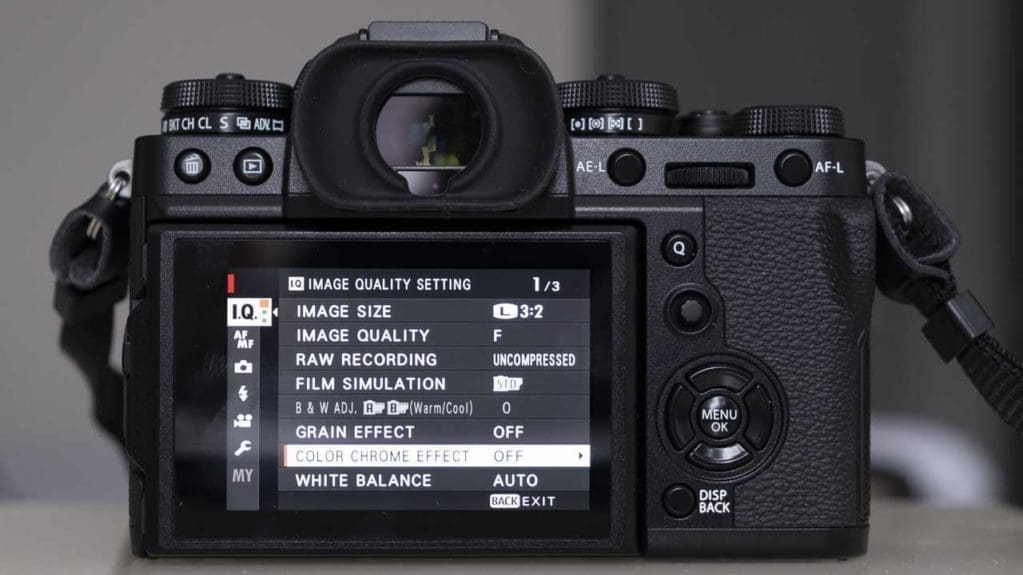
Continuous Shooting
Thanks to the new sensor and processor combination, the X-T3 can shoot full-resolution images at up to 11fps with the mechanical shutter. This rises to 20fps when the electronic shutter is used. It’s also possible to apply a 1.25x crop and capture 16.6Mp images at up to 10, 20 or 30fps with the electronic shutter.
Further good news is that these rates are possible without a booster grip.
The fastest rates are achieved in Continuous High mode (CH). However, there’s also a Continuous Low (CL) mode that enables continuous shooting at up to 5.7fps.
As you will have gathered, like the X-T2, the X-T3 has both a mechanical and an electronic shutter. The mechanical shutter has a shutter speed maximum of 1/8000sec but if you switch to the electronic shutter, shutter speeds of up to 1/32,000sec are possible. What’s more, the shutter sound can be turned off completely when the electronic shutter is in use.
The downside to using an electronic shutter is that images can suffer from rolling shutter effect. That’s when moving objects appear to lean in the image. However, Fujifilm has also worked on this for the X-T3 and the engineers say it has been halved in comparison with the X-T2.
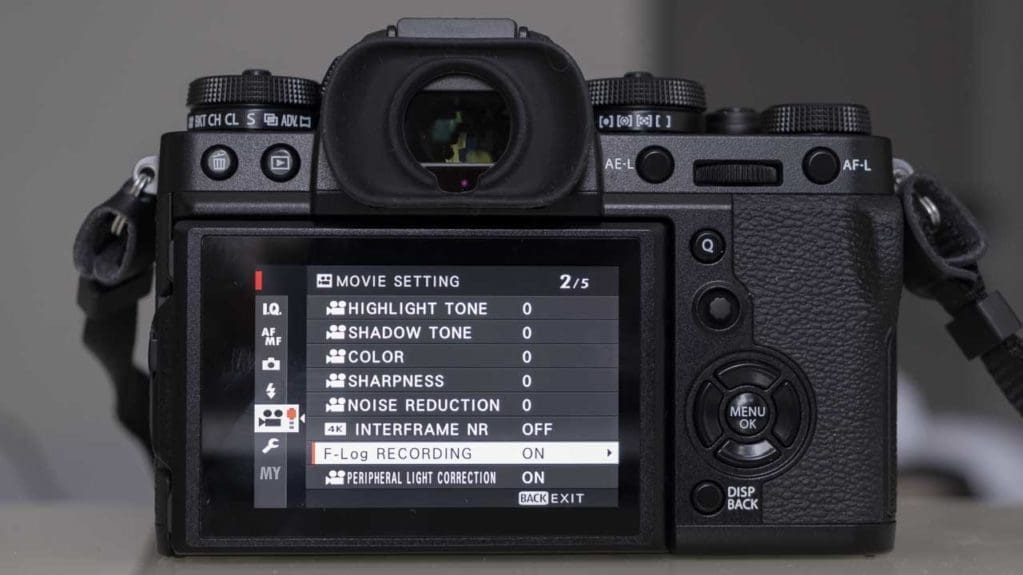
Video
Fujifilm has taken a big leap forward with video for the X-T3. The headline spec is 4K/60P 4:2:2 10bit recording to an HDMI device. However, there’s also 4K/60P 4:2:0 10bit internal recording to an SD card. It’s even possible to record both simultaneously.
What’s more, video can be recorded in H.264/MPEG-4 AVC or H.265/HEVC. The bit rate can be set to 200Mbps for 4K/60P 4:2:0 10bit recording. The compression can be set to All-Intra (4K/29.97P, 25P, 24P, 23.98P, and FHD/59.94P, 50P, 29.97P, 25P, 24P, 23.98P when H.265/HEVC is selected. Not compatible with H.264.)or Long GOP (4K/29.97P, 25P, 24P or 23.98P). And when ALL-Intra is used the bitrate can be set to 400Mbps.
F-Log recording is also possible and can be used when recording video internally or externally. Fujifilm has also reduced the minimum sensitivity for shooting footage in F-Log and with the Dynamic Range (DR) set to 400% to ISO640.
Fujifilm claims that a new noise reduction process along with 4K Interframe Noise Reduction reduces the level of noise visible at ISO 12800 by around 2EV.
A firmware update towards the end of 2018 will also allow the X-T3 to shoot Hybrid Log Gamma (HLG) compatible footage.
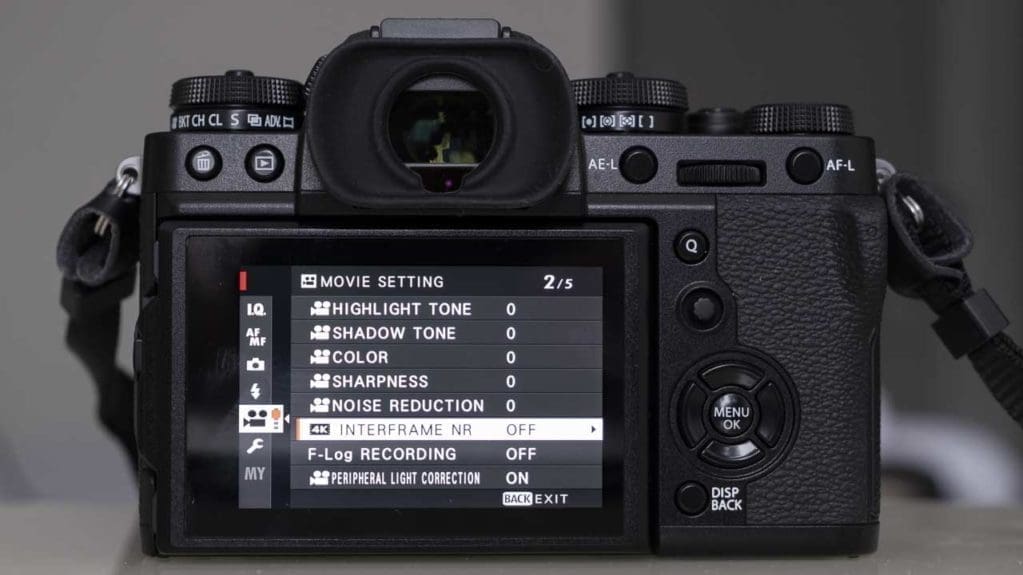
Key Specifications
[table id=83 /]

Build and Handling
Fujifilm has made a few minor tweaks to the exterior of the X-T3, but it’s very similar in appearance and feel to the X-T2. The sensitivity (ISO) and shutter speed dials on the top-plate, for example, are slightly shorter and easier to distinguish from the drive mode and metering dials beneath them.
In addition, the dioptre control on the side of the viewfinder now has to be pulled out before it can be adjusted. That may seem a minor thing, but I find the X-T2’s dioptre adjuster is easily moved out of position so I frequently have to reset it.
One aspect that hasn’t changed is the exposure compensation dial. Unlike the other dials, this doesn’t have a lock. As it’s near the end of the top-plate, it can get knocked out of place when you pull the X-T3 out of a bag. Fujifilm uses locks that you can choose to use or not on the other dials, so it seems odd that it hasn’t for the exposure compensation dial.
There are a few changes in the menu in comparison with the X-T2’s. The video section is now much more extensive, for instance, spreading over 5 pages instead of just one on the X-T2.
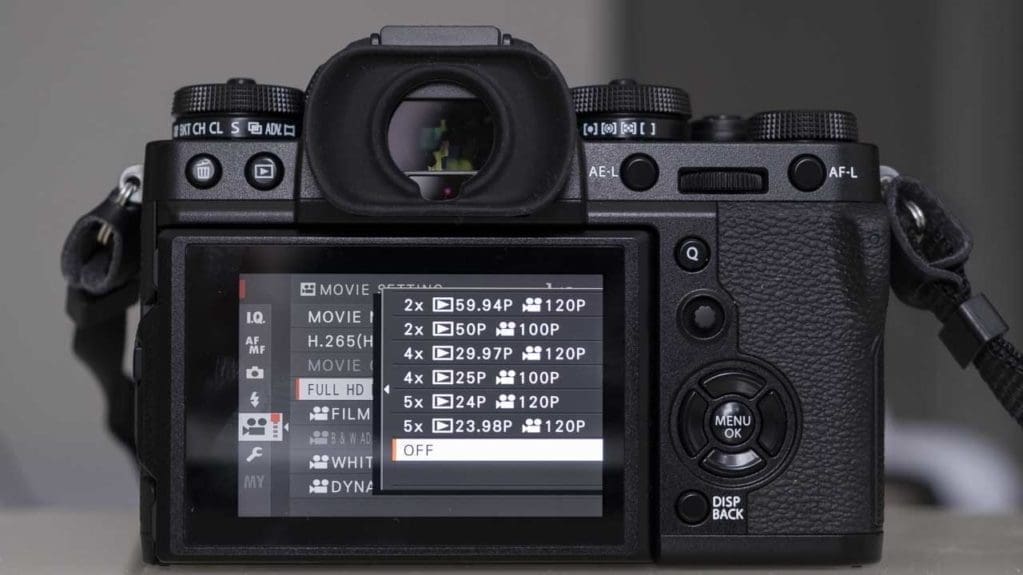
A new option has appeared under the Film Simulation mode option on the first page of the main menu. This is greyed out until Acros or Monochrome mode is selected. When either of these is in use the new control allows you to set a tinting value for the image. This varies from warm to cool with 9 steps available for each. The results look very nice when a low setting is used. The higher values look a bit strong to me.
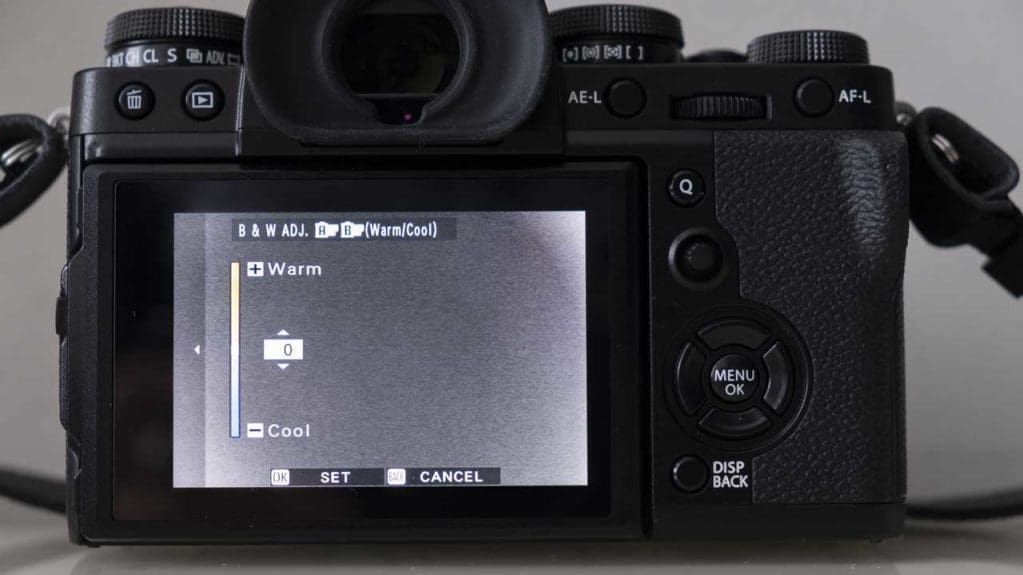
Viewfinder
The X-T3’s 0.5-inch viewfinder has a resolution of 3.69-million-dots, putting it on a par with the Sony A9’s. The magnification is 0.75x while the display lag of just 0.005sec. It also has a top refresh rate of 100fps, which means moving subjects look smooth. To get this rate, the camera’s power management needs to be set to Boost.
Thanks to the new processor and the boosted read-out speed of the sensor, the viewfinder is cable of remaining blackout-free even when shooting at 30fps.
That rate is enabled via the X-T3’s 16.6Mp (1.25x crop) mode and the electronic shutter. This is best used in Sports Finder mode as it reveals the area around the crop along you see when subjects will enter the frame.
As mentioned earlier, rolling shutter distortion is reduced by 50% in comparison with the X-T2.
The viewfinder is impressive, being both large and able to show lots of detail. I prefer to use it in the default setting so I can see the impact of the camera’s settings, but there’s a ‘Natural’ option available for those who prefer it. Even without, I find the image looks very natural and the viewfinder is comfortable to use.
There were a few occasions when I noticed a little coloured fringing in the viewfinder. This doesn’t appear in the images, but it can be distracting.
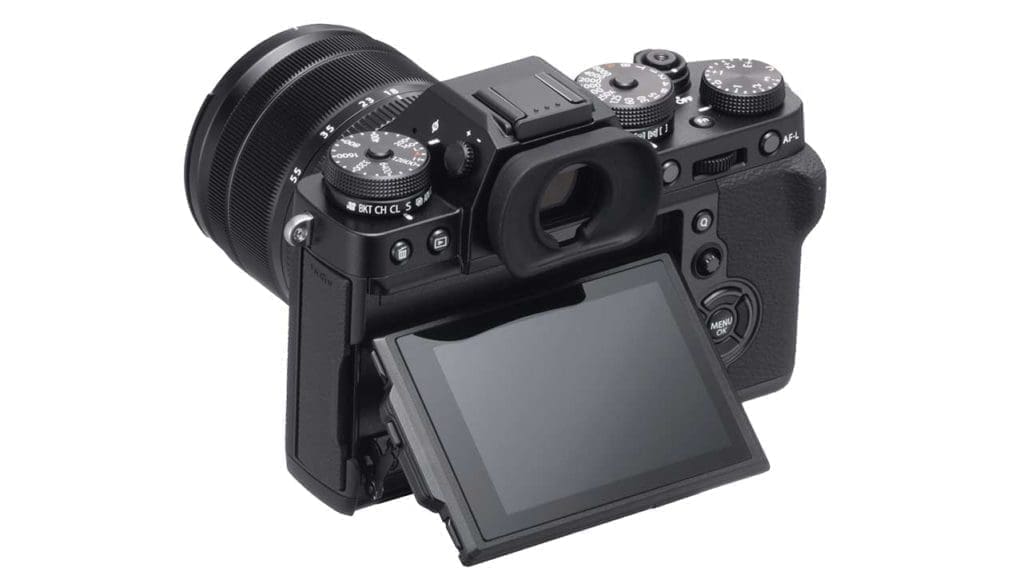
Screen
Although Fuji has stuck with a 3-inc 1,040,000-dot screen for the X-T3, it’s touch-sensitive (yay). It’s also a dual-tilt device like the X-T3’s, but it’s much easier to flip-out for vertical shooting than the X-T2’s screen. I find the X-T2’s catch hard to locate and release, but the X-T3’s is very easy. The bracket still has the nice solid feel of the X-T2’s though.
I’m disappointed that Fuji hasn’t made the screen easier to see from above in landscape mode. As before, the viewfinder still gets in the way. If you’re shooting video at waist-level, you can’t see the flashing light at the top of the screen.
In other respects, the screen is very good. It’s responsive to touch and the gesture control that was introduced with the X-E3 is available. This can speed getting to some key features. However, you need to be aware of the fact that brushing against the screen can switch modes if you’re not careful.
Initially, I was frustrated that swiping the screen activated Sports Finder mode. I kept activating it accidentally. But after a while, I adapted and ultimately, find it very useful.
[FAG id=67725]
Performance
The X-T2 delivers lovely images and the X-T3 doesn’t disappoint. The details look nice and natural, and there’s plenty of it while noise is controlled well at up to ISO 12,800.
One of the nice things about using a mirrorless camera is that you can see the impact of exposure and colour settings before you take a shot. This means that you can use the exposure compensation dial if necessary to ensure correct exposure. The X-T3’s Average and Multi metering modes prove reliable in a range of conditions. That means you don’t have to use the exposure compensation dial very often. And certainly not in conditions that you wouldn’t expect to.
As we’ve come to expect from Fujifilm, the X-T3 delivers attractive colours. Of course, the precise colours depend upon the Film Simulation mode that’s selected, but there’s at least one to suit most shooting conditions. The Provia/Standard mode is good for general photography while Acros produces excellent black and white images.
I’m also a fan of Classic Chrome. I like the muted, earthy tones that it produces. I used it while photographing around Borough Market and it’s produced some nice results straight from the camera.
The new toning mode that’s available with Acros is very nice, it really lets you tailor the mood of the image to suit the scene.
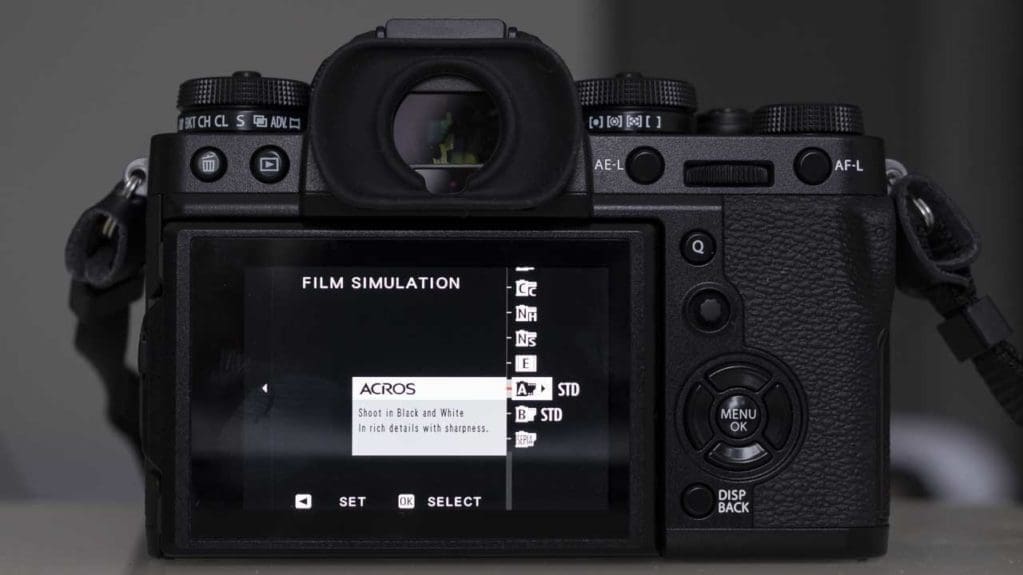
Similarly, the Auto White Balance system works well. It manages to hold on to some of the atmosphere of a scene without imparting a strong cast. I found myself using the white balance control the feel of my images. Shooting in the early morning, for example, I opted to use the Shade setting to give more warm to autumnal scenes.
Dynamic Range
While exposure errors are unlikely, if you do accidentally underexpose an image with the X-T3, it can usually be rescued. I found that both raw and JPEG files can cope with significant brightening. In some cases, raw files can cope with as much as 4EV of brightening while some JPEGs still look fine with 3EV enhancement.
Luminance noise becomes a bit more noticeable if you pixel-peep, but the level of detail is good.
Autofocus
In bright light, the autofocusing is very good. I got to shoot fast moving cars at the Goodwood Revival and the X-T3 did a great job of getting them sharp. As well as being quick to acquire focus, the X-T3 did a great job of keeping the cars sharp as they hurtled towards me.
I’ve shot in similar conditions with the X-T2 at Le Mans, and although the X-T2 did well, the X-T3 is a step up.
In many instances, the X-T3 selected the correct AF point to use by itself in the All mode. I found the Zone AF mode a slightly better option though. This mode avoids a few of the occasional slips to the wrong part of the scene in All mode. Wide/Tracking Mode can be helpful, but once the camera latches on to a target, you have not control over the active AF and selected AF point remains still. That means if you release the shutter button and repress, you can start focusing from the original spot.
Eye Detection
The Eye Detection AF is very useful in social situations. It was helpful when grabbing a few portraits of Goodwood’s visitors. It and the Face Detection AF both cope better than before with side-on faces. It doesn’t seem quite as reliable as the Sony system in the A7 III and A7R III, but it’s very good.
One area where I think there’s still room for improvement is with the low light or low contrast autofocus. It still seems a little hesitant. I shot indoors on an overcast day in conditions that would be typical for a UK wedding, and it didn’t really leap into focus. That said, it coped reasonably well when I shot at Borough Market. That’s an undercover area, so the light level is lower than outside. I was able to focus quite quickly on the portrait subjects who agreed to be photographed.
Image Quality
Like the Fujifilm X-T2, the X-T3 captures a high level of detail. But it’s how that detail is handled that makes the images so nice. There’s a pleasantly high level of mid-tone contrast that brings images to life.
Noise is also handled well. Thanks to its BSI-design, the pixels on the X-T3’s sensor have more light-gathering potential than those on a standard sensor. This helps it keep noise in-check as the sensitivity level rises to the ISO 12,800 native maximum.
Naturally, there is some loss in the detail at the higher ISO values, but it’s not a major issue. I’d happily use the ISO 160-12,800 native range. As usual, I’m more cautious about going above that upper value.
Video
Fujifilm has significantly improved upon the X-T2’s video capability for the X-T3. There’s now an extensive range of options. Consequently, the camera is attractive to those who just want to shoot a bit of video to go with their stills, as well as more serious videographers.
The results are very good, with 4K footage having the level of detail that you’d hope for. As usual, the best audio is captured using an external mic, but the on-board mic does a decent job if there’s not much wind.
Sample Images
Follow the link to browse and download full-resolution images.

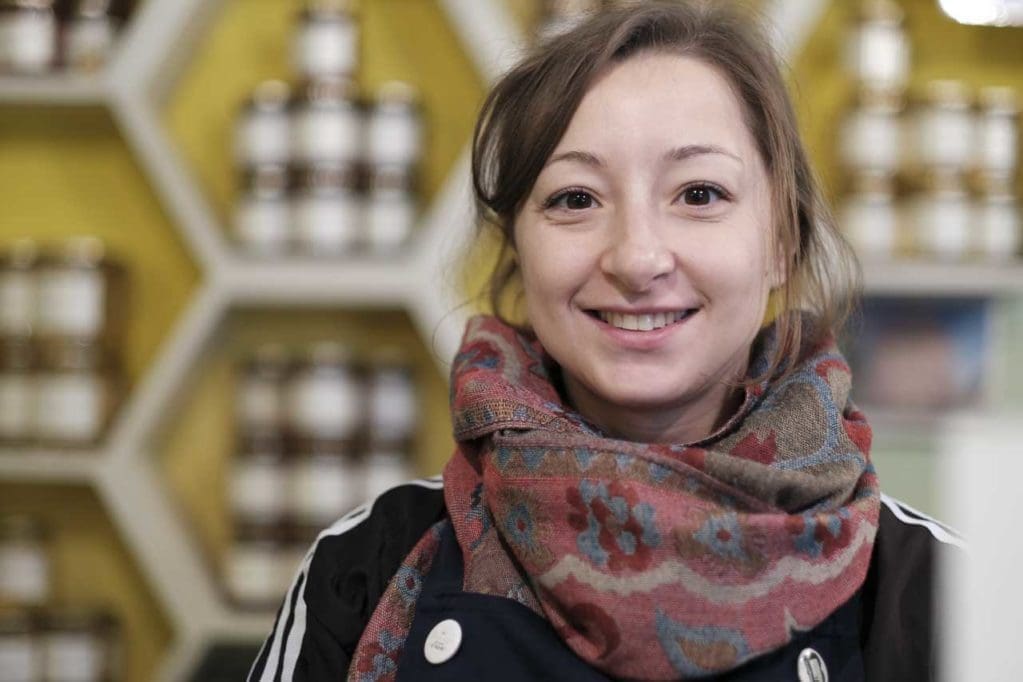

The details of this flower look very natural in the Jpeg image

Shot at ISO 12,800 – there’s just a slight texture of luminance noise visible at 100% on screen. The AF system struggles a little with this type of lighting.
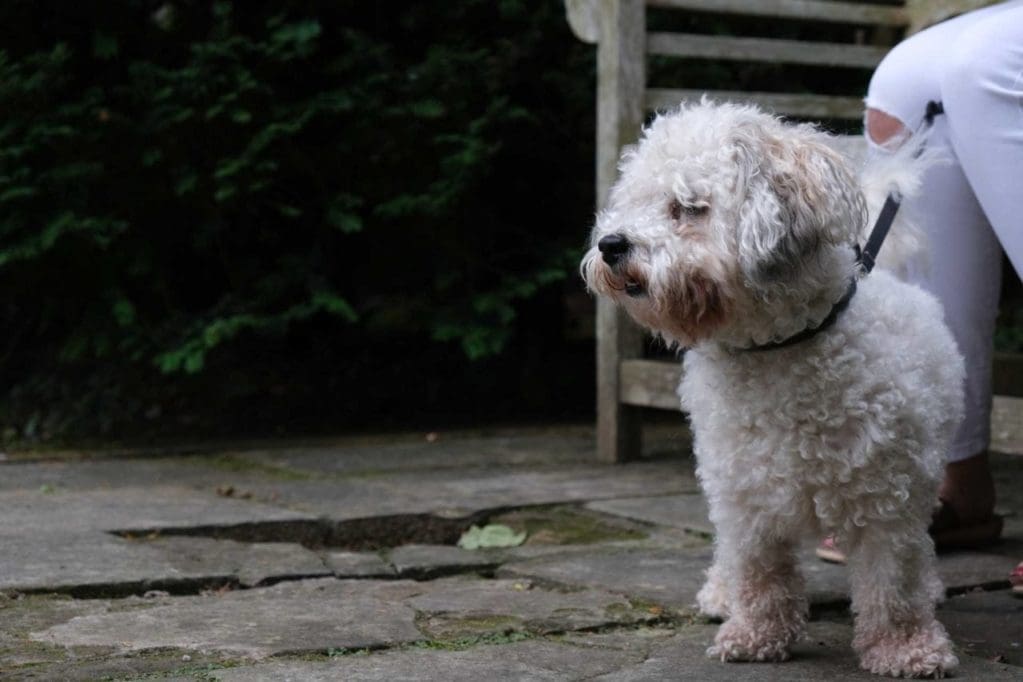
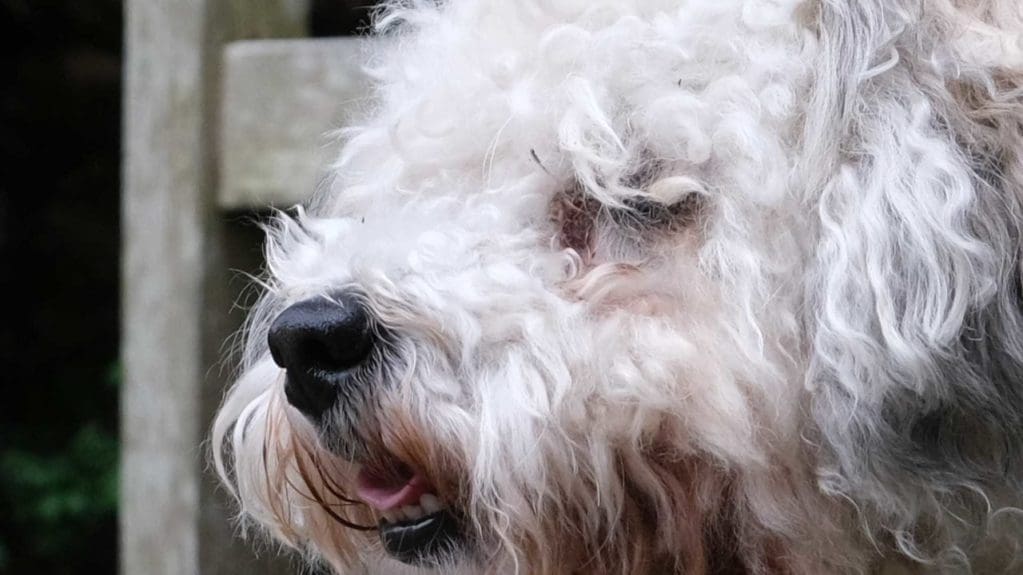
A magnified section of the previous image to show the level of detail visible at ISO 500
[FAG id=67718]
Fujifilm X-T3 Video Sample
The Fuji X-T3 video sample below was shot in 4k (4096 x 2160) 24p and 400Mbps Long GOP at 1/60 ISO 160 with the Film Simulation Mode set to Provia (Standard) and Auto White Balance. Audio was recorded using the onboard mic.
The Fuji X-T3 video sample below was shot in 4k (4096 x 2160) 24p and 400Mbps ALL-Intra at 1/60 ISO 160 with the Film Simulation Mode set to Provia (Standard) and Auto White Balance. I used the onboard mic to record the audio.
Verdict
Fujifilm has succeeded in a difficult task, making a camera that’s better than one of my favourite cameras.
The X-T3 has all things many photographers love about the X-T2, with some nice updates like the 26Mp BSI X-Trans CMOS sensor and X-Processor 4. The autofocus system has also been significantly improved with greater coverage of the frame and improved responsiveness.
I’d like the low-light focusing to be a little more reliable, but in most situations, the camera gets the subject sharp very quickly. It’s also more than capable of tracking fast-moving subjects.
Fujifilm makes the Quick menu, just that – quick and easy to use. There’s none of the annoying setting confirming that some other brands insist upon. But it would also be nice if Fujifilm would extend its touch-control to the main menu. That could speed its navigation and use.
I love the X-T3’s traditional controls, the large, detailed viewfinder and the dual-tilting screen. I also like the size of the X-T3. It has a solid, weatherproof build, but it doesn’t weigh me down or require a large bag to carry it.
Of course, the pleasure of using the X-T3 would mean nothing if the results weren’t up to scratch. But they are. They’re great. There’s plenty of detail, good dynamic range and not too much noise.
Competition
As an APS-C-format mirrorless camera, the Fuji X-T3 has quite a bit of competition. However, it has a sensor design that’s unique to Fujifilm and traditional exposure controls to set it apart. Let’s take a look at some of the other options.
Fujifilm X-T2
The arrival of the X-T3 means that there are some enticing offers available on new and second-hand Fuji X-T2s. It remains an excellent camera. At 24.3Mp, the resolution of its X-Trans CMOS III is only a little below that of the X-T3. And while the X-T3 backlit sensor gives it an advantage for noise control, the X-T2 delivers excellent results within its ISO 200-12,800 standard range. The AF system is also very capable and can get fast-moving subjects sharp. However, in low-light, the AF system struggles a bit more than the X-T3’s.
While the X-T3 is up to the minute, the X-T2 doesn’t seem especially outdated. It remains a good choice as an all-rounder. However, if you want to get serious about video, got for the X-T3.
Olympus OM-D E-M1 II
With 20.4million effective pixels on its Four Thirds type sensor, the Olympus OM-D E-M1 II produces smaller images than the Fujifilm X-T3. However, it’s a very capable camera with the best stabilisation system around. It also has a vari-angle touch-screen that can be flipped round for vlogging and selfie-shooting.
The OM-D E-M1 II’s AF system is also fast and effective, which makes it suitable for shooting sport. Plus with Pro Capture mode onboard, you can capture split-second moments in full-resolution at 60fps. Add in Olympus technology like Live Bulb, Live Time and Live Composite mode to ease long-exposure photography, an extensive range of lenses and the weatherproof build, and you have a very enticing camera.
Sony A7 III
Although it has a full-frame 24Mp sensor, the Sony A7 III isn’t too different in size from the X-T3. It also has a snappy, versatile AF system and plenty of video features. Interestingly, with 2,359,296 dots the A7 III’s 0.5-inch viewfinder doesn’t match the X-T3’s (0.5-inch with 3.69million dots), but it’s still good. In addition, the A7 III delivers superb quality images in a wide range of situations. But of course, that full-frame sensor adds a lot to the price.
Sony A7 II
As it’s now superseded by the A7 III, the Sony A7 II’s price has dropped. In fact, you can pick it up for less than the X-T3. However, while you get a 24Mp full-frame sensor, tilting screen and 0.5-inch OLED EVF, the A7 III lags behind the Fuji X-T3 in many ways. The AF system, for instance, only has 99 phase detection points and 25 contrast detection points, video resolution tops-out at Full HD, the EVF has 2,359,296 dots and the maximum shooting rate is 5fps.
